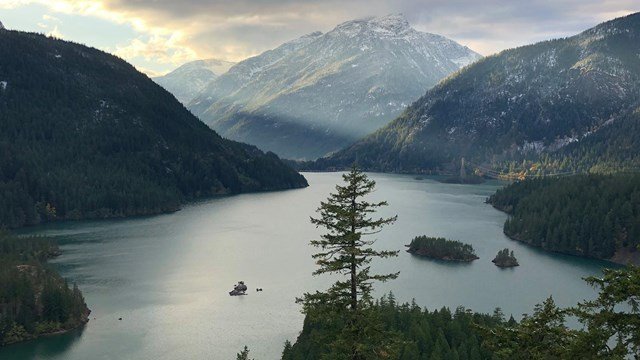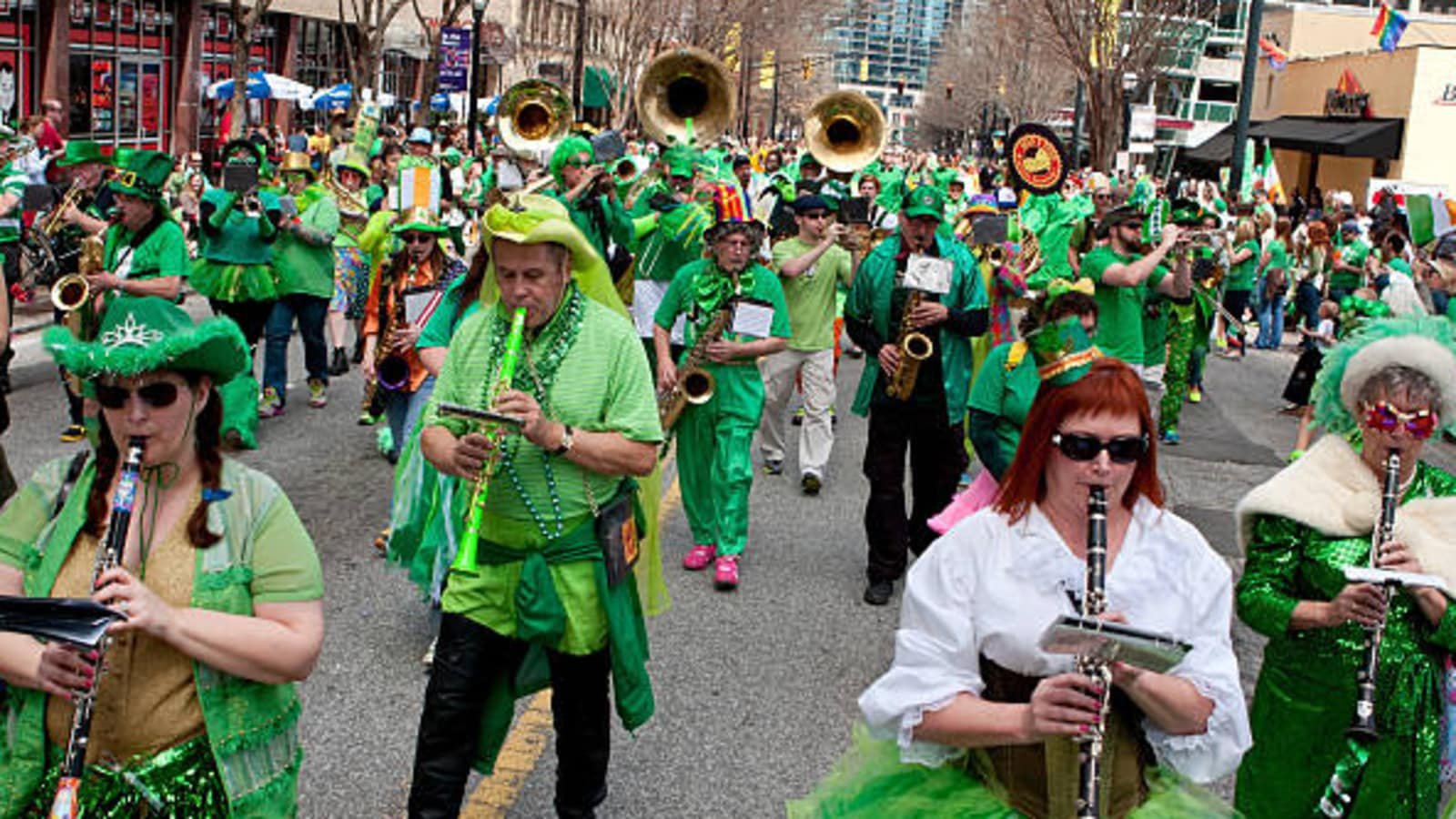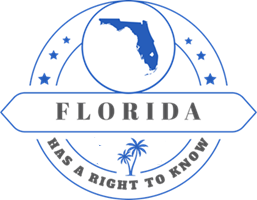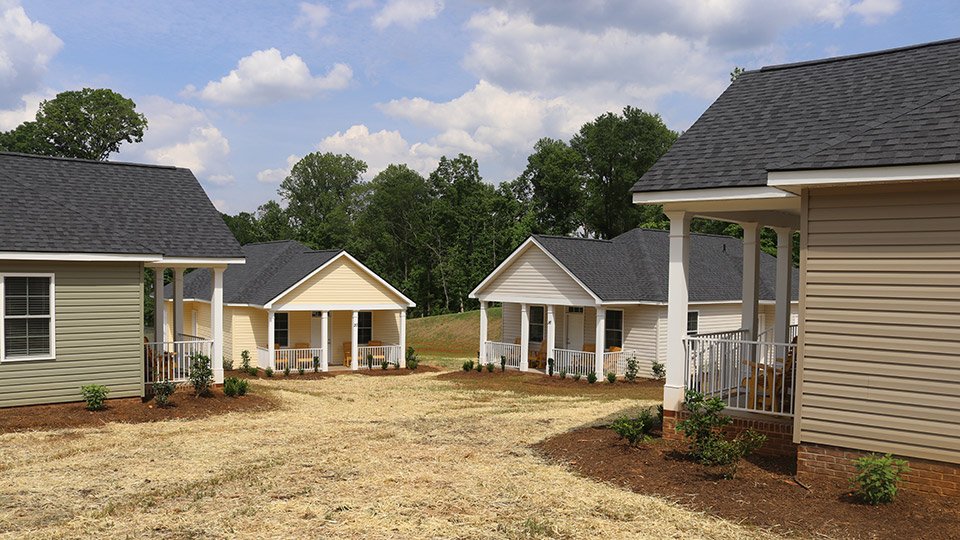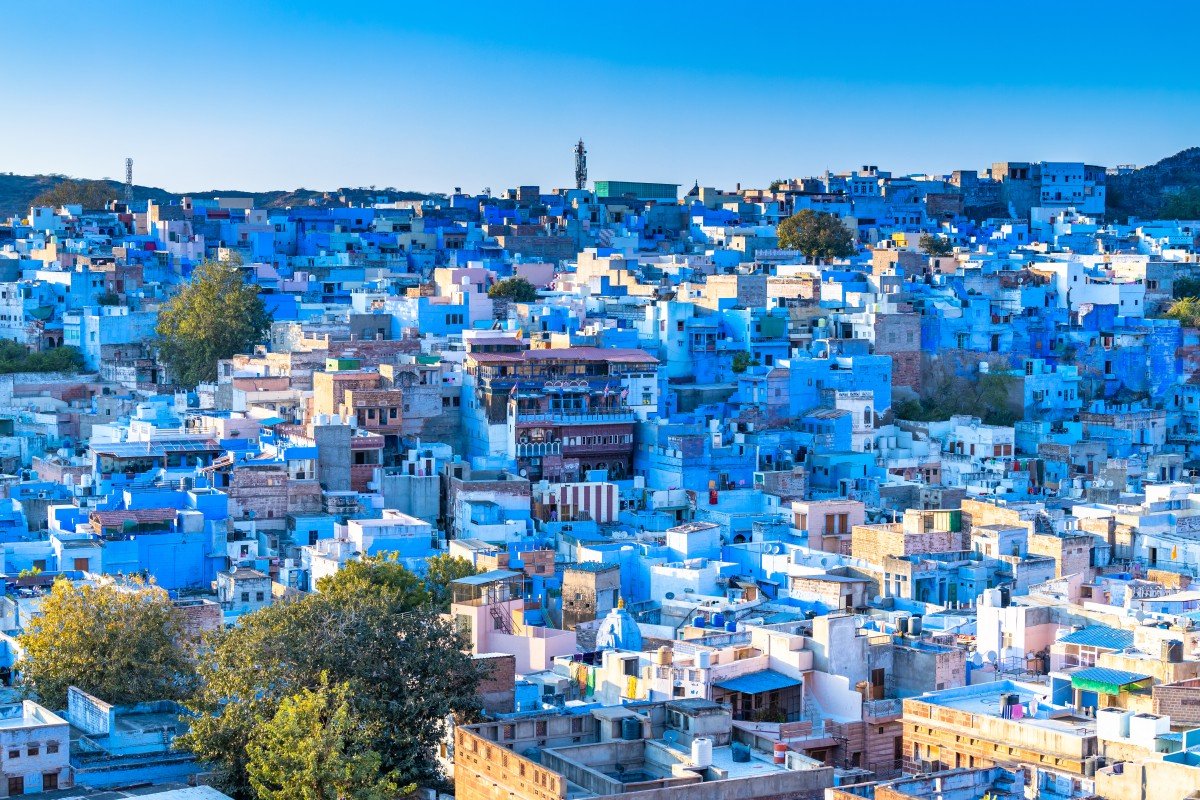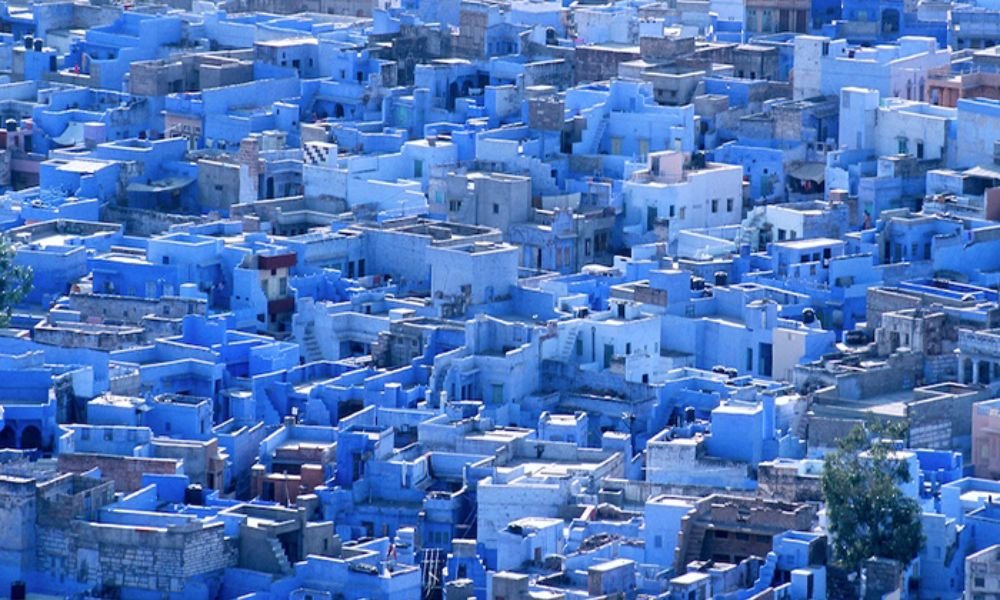Nestled in the heart of the Cascade Mountains, North Cascades National Park is a haven for outdoor enthusiasts, nature lovers, and adventure seekers. Located in Washington State, this park is renowned for its rugged mountain terrain, pristine alpine lakes, and dense forests, offering a diverse range of activities and breathtaking landscapes. Whether you're an avid hiker, a passionate photographer, or someone looking to escape the hustle and bustle of city life, North Cascades National Park promises an unforgettable experience.
Table of Contents
A Glimpse into the North Cascades
The North Cascades, often referred to as the "American Alps," boast some of the most dramatic and scenic landscapes in the United States. The park covers over 500,000 acres and is part of the larger North Cascades National Park Complex, which includes the Ross Lake and Lake Chelan National Recreation Areas. This expansive wilderness area is characterized by jagged peaks, deep valleys, and over 300 glaciers, more than any other park in the contiguous United States.
Cascades National Park: A Brief History
The idea to protect the North Cascades region dates back to the early 20th century. However, it wasn't until 1968 that North Cascades National Park was officially established. The creation of the park was driven by the need to preserve the unique and fragile ecosystems found in the Northern Cascades. Today, the park is managed by the National Park Service, which works diligently to protect its natural and cultural resources while providing opportunities for public enjoyment and education.
Exploring North Cascades National Park
Hiking and Backpacking
One of the best ways to experience the beauty of North Cascades National Park is by hitting the trails. The park offers a vast network of hiking trails that cater to all levels of hikers, from easy walks to challenging backcountry routes. Some of the most popular hikes include:
- Cascade Pass and Sahale Arm: This iconic hike offers panoramic views of the Cascade Mountains and leads to the stunning Sahale Glacier. The trail is approximately 12 miles round trip and gains over 4,000 feet in elevation, making it a challenging but rewarding adventure.
- Maple Pass Loop: A moderate 7.2-mile loop that provides breathtaking views of the North Cascades. The trail traverses through forests, meadows, and ridges, offering diverse scenery and opportunities to spot wildlife.
- Thunder Creek Trail: This trail follows Thunder Creek through lush old-growth forests and offers several options for day hikes or extended backpacking trips. The full trail extends over 12 miles, with many beautiful spots to camp along the way.
Scenic Drives and Overlooks
For those who prefer to explore the park from the comfort of their vehicle, the North Cascades Highway (State Route 20) provides one of the most scenic drives in Washington State. This highway traverses the park from west to east, offering numerous pullouts and overlooks where visitors can take in the stunning vistas of the Northern Cascades. Notable stops include:
- Washington Pass Overlook: Offering a sweeping view of Liberty Bell Mountain and the surrounding peaks, this overlook is a must-see for photographers and sightseers alike.
- Diablo Lake Overlook: Known for its vibrant turquoise waters, Diablo Lake is a sight to behold. The overlook provides a perfect vantage point to admire the lake and the rugged landscape that surrounds it.
Boating and Fishing
The park's pristine lakes and rivers offer excellent opportunities for boating and fishing. Ross Lake and Diablo Lake are popular destinations for kayaking, canoeing, and fishing. Anglers can try their luck at catching rainbow trout, cutthroat trout, and other native fish species. Boat rentals are available at several locations, and guided fishing trips can be arranged for those looking to maximize their chances of landing a big catch.
Camping and Lodging
North Cascades National Park offers a variety of camping options, ranging from developed campgrounds to remote backcountry sites. Some of the most popular campgrounds include:
- Newhalem Creek Campground: Located near the park's western entrance, this campground offers easy access to several hiking trails and scenic spots. It features tent and RV sites, as well as basic amenities such as restrooms and potable water.
- Colonial Creek Campground: Situated on the shores of Diablo Lake, this campground provides a beautiful setting for camping and is a great base for exploring the park's central region. It offers tent and RV sites, along with access to hiking trails and water activities.
For those seeking more comfort, the nearby towns of Marblemount and Winthrop offer a range of lodging options, including cozy cabins, bed and breakfasts, and motels.
Flora and Fauna of the North Cascades
North Cascades National Park is home to a rich diversity of plant and animal life. The park's varied ecosystems support numerous species, many of which are unique to the region.
Flora
The park's lower elevations are dominated by dense forests of Douglas fir, western red cedar, and western hemlock. As you ascend into the subalpine and alpine zones, the vegetation transitions to hardy shrubs, wildflowers, and mosses. The North Cascades are particularly known for their vibrant wildflower displays in the summer months, with species such as lupine, Indian paintbrush, and avalanche lilies painting the meadows with color.
Fauna
The park's remote and rugged terrain provides habitat for a variety of wildlife. Large mammals such as black bears, mountain goats, and mule deer are commonly seen, while the elusive gray wolf and wolverine inhabit the park's more remote areas. Birdwatchers can spot over 200 species of birds, including bald eagles, peregrine falcons, and the rare spotted owl. The park's rivers and streams are also home to several species of salmon and trout, which play a crucial role in the park's ecosystem.
Protecting and Preserving North Cascades National Park
The National Park Service, along with various partner organizations, works tirelessly to protect and preserve the natural and cultural resources of North Cascades National Park. Efforts include habitat restoration, invasive species control, and scientific research to better understand the park's ecosystems. Visitors can also play a role in preservation by following Leave No Trace principles, staying on designated trails, and respecting wildlife.
Climate Change and its Impact
Like many natural areas, North Cascades National Park is facing the impacts of climate change. The park's glaciers are retreating at an alarming rate, which affects the park's hydrology and ecosystems. Warmer temperatures and changing precipitation patterns also pose challenges for the park's plant and animal species. The National Park Service is actively monitoring these changes and implementing strategies to mitigate their impact, but the long-term preservation of the park's natural resources will require continued effort and collaboration.
North Cascades National Park Washington: A Visitor's Guide
Planning a visit to North Cascades National Park Washington can be an exciting and rewarding experience. Here are some tips to help you make the most of your trip:
When to Visit
The best time to visit North Cascades National Park is during the summer months, from June to September, when the weather is warm and the trails are mostly snow-free. However, this is also the park's busiest season, so be prepared for crowds at popular spots. For a quieter experience, consider visiting in the shoulder seasons of late spring (May) or early fall (October), though be aware that weather conditions can be unpredictable, and some facilities may be closed.
Getting There
North Cascades National Park is located about 100 miles northeast of Seattle. The primary access point to the park is via the North Cascades Highway (State Route 20), which runs east-west through the park. The highway is typically open from late April to early November, depending on snow conditions. During the winter months, the highway is closed, and access to the park is limited to its lower elevations.
Visitor Centers
The park has several visitor centers where you can obtain maps, brochures, and information about current conditions and activities. The main visitor centers include:
- North Cascades Visitor Center: Located near Newhalem, this center offers exhibits on the park's natural and cultural history, as well as ranger-led programs and a bookstore.
- Golden West Visitor Center: Situated in Stehekin, this center provides information about the Lake Chelan National Recreation Area and access to local hiking trails.
Safety Tips
- Stay on designated trails: This helps protect fragile ecosystems and reduces the risk of getting lost.
- Be prepared for changing weather: The park's weather can be unpredictable, especially at higher elevations. Bring layers, rain gear, and sun protection.
- Carry sufficient water and snacks: Many trails in the park are remote, and water sources may not always be reliable. Carry plenty of water and high-energy snacks.
- Wildlife safety: Keep a safe distance from wildlife and never feed animals. Store food and scented items securely to avoid attracting bears.
- Leave No Trace: Pack out all trash, respect wildlife, and minimize your impact on the environment.
The Future of North Cascades National Park
As North Cascades National Park continues to attract visitors from around the world, the importance of sustainable tourism and conservation efforts becomes increasingly vital. The park's unique and fragile ecosystems require careful management to ensure that future generations can enjoy the same beauty and serenity that we experience today.
Community Involvement and Education
Engaging local communities and visitors in conservation efforts is crucial for the long-term preservation of the park. Educational programs, volunteer opportunities, and partnerships with local organizations help raise awareness about the importance of protecting North Cascades National Park. By fostering a sense of stewardship and responsibility, we can all contribute to the preservation of this incredible natural treasure.
Conclusion
North Cascades National Park is a jewel in the crown of the Cascade Mountains, offering unparalleled opportunities for adventure, exploration, and connection with nature. From its rugged peaks and pristine lakes to its diverse flora and fauna, the park is a testament to the beauty and resilience of the natural world. Whether you're hiking to a glacier, paddling on a turquoise lake, or simply taking in the views from a scenic overlook, North Cascades National Park promises an experience that will leave you in awe of the wonders of the natural world. Plan your visit, respect the environment, and immerse yourself in the breathtaking beauty of the Northern Cascades.
This Article is Written by Content Creator of Synergy Paints. Best Paint Manufacturer in India.


